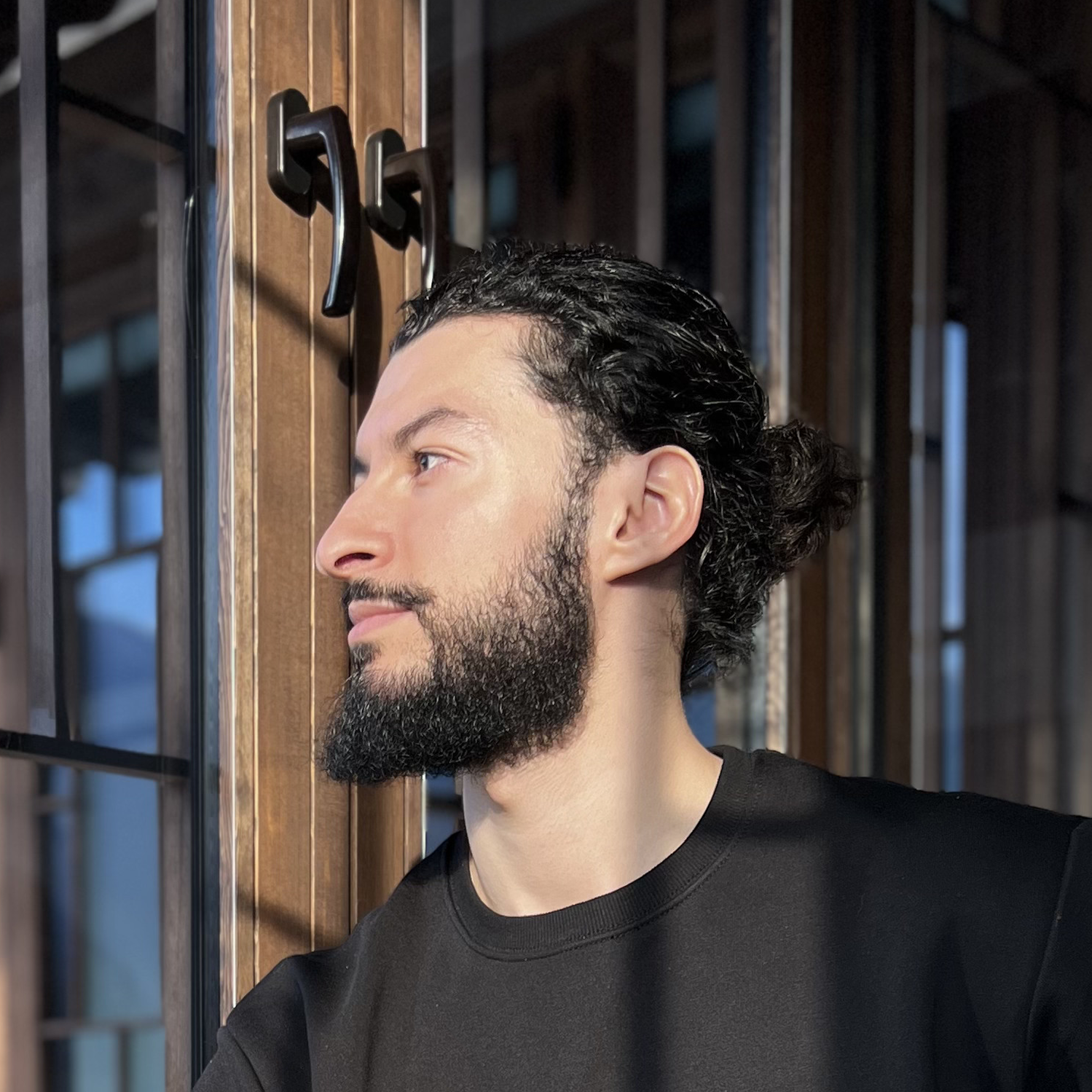A URL is a unique identifier for locating and accessing a specific resource on the Internet, consisting of a protocol, a domain name and a path.
- Web browsers display the URL in the address bar to identify each web page.
- An absolute URL contains all the necessary elements, unlike the relative URL
- The distinction: URI identifies, URL locates, URN names a resource
- Well-structured URLs improve SEO and user experience
- Checking URL components helps detect phishing attempts
A URL is a string of characters that locates a resource on the Internet. The acronym stands for Uniform Resource Locator. This web address enables browsers to find and display a specific web page on the World Wide Web.
The structure of a URL comprises several essential components:
- The protocol defines the resource access method
- The domain name identifies the server hosting the website.
- The path specifies the location of the page on the server
- Optional parameters provide additional information
The most common protocols include HTTP for standard web pages, HTTPS for secure connections, and FTP for file transfer. RFC 3986 defines the official URL syntax.
An absolute URL contains all the elements needed to locate the resource: https://exemple.com/page.html. A relative URL uses the context of the current page : /page.html.
URLs must comply with strict syntax rules. Only certain characters are allowed, and special characters require a percent encoding.
It's worth clarifying the distinction between URLs, URIs and URNs. A URI (Uniform Resource Identifier) identifies a resource, while a URL locates it. A URN (Uniform Resource Name) names the resource independently of its location. Every URL is a URI, but the reverse is not true.
The web browser displays the URL in its address bar for each web page consulted. Users enter a web address in this bar to access an Internet resource. Modern browsers simplify this task by hiding certain elements, such as the HTTP protocol.
To retrieve the URL of a web page, click on the address bar of your web browser and copy the complete address. This makes it easy to share a link to a specific resource. URL shorteners transform long addresses into short links for easy sharing on social networks.
Identifying the components of a URL helps verify its legitimacy. Examine the domain name, the protocol used and the access path to detect phishing attempts. Fraudulent sites often use similar addresses to legitimate sites.
URL parameters and fragment identifiers play a crucial role in SEO. They enable us to target specific sections of a web page and analyze user behavior.
The structure of a website's URLs influences user experience and SEO. Google recommends clear URLs with relevant keywords. A logical hierarchy facilitates navigation and improves indexing by search engines.
URLs are an essential part of web browsing, enabling resources to be located and shared across the Internet. By understanding their structure and components, users can navigate more efficiently, secure their online interactions and optimize their digital experience. Mastering URLs is becoming a crucial asset in our connected world.

Don't miss the latest releases.
Register now for access to member-only resources.